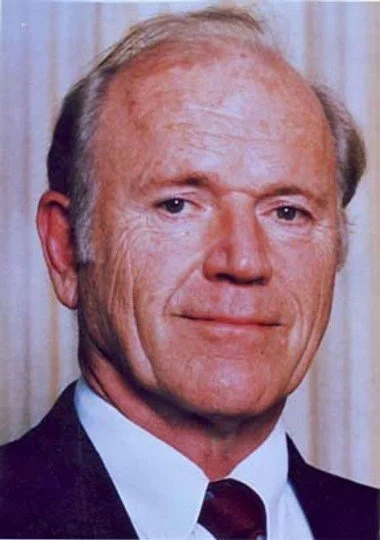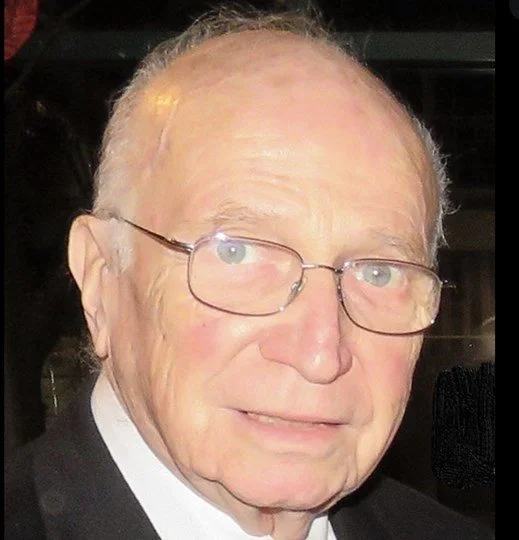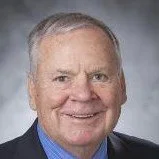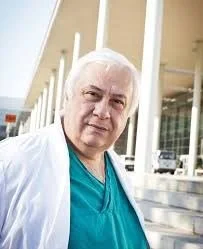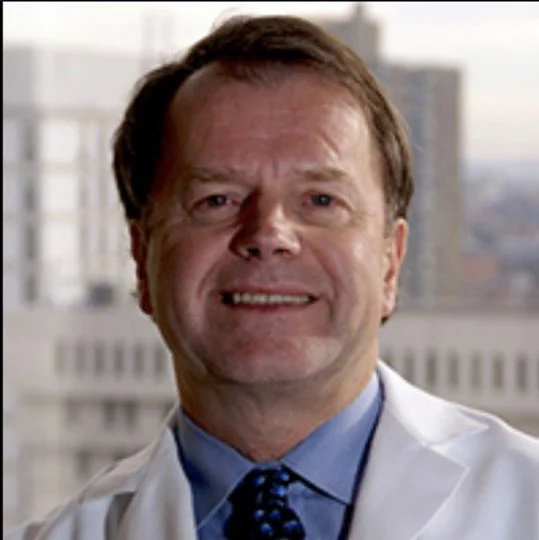
Historian’s Corner
History of Microsurgery
-
![]()
1887
First vascular anastomosis reported by JB Murphy
-
![]()
1902
Alexis Carrel and Charles Guthrie report the triangulation technique for end-to-end vascular anastomosis, which will win a Nobel prize in 1912
-
![]()
1916
A medical student at Johns Hopkins University, Jay McLean, discovers heparin
-
![]()
1948
Bunnell reports repairing upper extremity nerves and using nerve grafts for facial paralysis
-
![]()
1954
Joseph Murray performs the first renal transplant among identical twins, which will win a Nobel prize in 1990
-
![]()
1961
Julius Jacobson develops the first two-person binocular microscope with the Carl Zeiss Co and first coins the term “microvascular surgery.” He also works to develop microsurgical instruments
-
![]()
1962
Ronald Malt and Charles McKhann perform the first upper extremity replantation, Zhongwei Chen successfully replants amputated hand
-
![]()
1963
Robert Goldwyn and Donald Lamb divide and re-anastamose abdominal island flaps based on the superficial epigastric vessels in dogs, but are unsuccessful due to availability of suture and needle size
-
![]()
1964
Harry Buncke begins experimenting with replanting and transplanting tissues in rabbits and rhesus monkeys
-
![]()
1965
TY Young performs likely first toe-to-thumb transplant, which is not reported until 1973
-
![]()
1965
Shigeo Komatsu and Susumu Tamai report successful replantation of amputated thumb
-
![]()
1967
John Cobbett performs a toe-to-thumb transplant in a 31 year old woodworker
-
![]()
1967
Berish Strauch and Donald Murray perform microvascular groin flaps in rats
-
![]()
1969
Donald McLean and Harry Buncke perform an omental flap for scalp reconstruction, with patency of the anastomosis demonstrated 3 weeks postoperatively by arteriography. This followed previously failed attempts at scalp flap and groin flap reconstructions.
-
![]()
1970
Bernard O’Brien starts the microvascular Lab in Melbourne known as the Microsurgery Research Centre
-
![]()
1970
Susumu Tamai reports the first successful neuromuscular transplant in a dog, with one-year follow-up showing normal function
-
![]()
1971
Robert Acland develops the first microsutures, and will later develop sets of micro instruments
-
![]()
1971
Hanno Millesi reports work on interfasicular nerve grafting, while Jim Smith reports cross-facial nerve grafting
-
![]()
1971
Rollin Daniel and Ian Taylor perform the first groin flap in humans
-
![]()
1971
C.R. Peters, D.M. McKee and B.E. Berry present free jejunal flap for pharyngoesophageal reconstruction using loupes
-
![]()
1971
The International Society of Reconstructive Microsurgery is founded, which will later merge with the International Microsurgery Society to form the World Society of Reconstructive Microsurgery in 2001
-
![]()
1975
Ian Taylor describes free fibula transplant
-
![]()
1975
Breast reconstruction with superior gluteal myocutaneous flap described by Toyomi Fujino
-
![]()
1976
Jacques Baudet coins the term “musculocutaneous flap” for use with the latissimus
-
![]()
1976
Kiyonori Harii uses a gracilis free flap for facial reanimation, using a branch of the masseter muscle
-
![]()
1977
Bernard O’Brien describes first double toe transplant and split omental flap, and experimental work on microlymphatic surgery
-
![]()
1979
Hans Holmström performs the first SIEA flap, describing microsurgical transfer of abdominoplasty tissue on the inferior epigastric vessels for breast reconstruction
-
![]()
1980
Stephen Mathes describes vascularized joint transplants in an MCP joint of a three year-old child
-
![]()
1982
Ruyao Song introduces the radial forearm flap, called “the Chinese flap”
-
![]()
1982
James Urbaniak and Lucinda Fonseca Dos Santos describe the scapular free flap anatomy, and Jacques Baudet describes extending this flap to include lat, serratus, the groin flap, and even tensor fascia lata
-
![]()
1982
Tsu-Min Tsai performs the free vascularized toe PIP joint transfer
-
![]()
1982
Harry Buncke performs a scalp transplant between two identical twins
-
![]()
1984
Julia Terzis introduces the concept of the “baby-sitter” procedure to coapt ipsilateral hypoglossal nerve to the facial nerve prior to performing cross-facial nerve grafting and begins revolutionizing facial reanimation.
-
![]()
1984
American Society for Reconstructive Microsurgery is established
-
![]()
1984
Susan Mackinnon begins experimenting with pretreated nerve allografts and host immunosuppression, and will use these techniques to successfully reconstruct the sciatic nerve in a child in 1988
-
![]()
1985
James Urbaniak performs a vascularized fibula to femoral head transplantation
-
![]()
1986
Marko Godina presents early coverage of the traumatic extremity coining the term “fix and flap”, revolutionizing the treatment of open lower leg fractures
-
![]()
1987
Ian Taylor publishes his landmark injection studies and introduces angiosomes. Ian Taylor's work was based on anatomic studies done by Werner Spalteholz and Michel Salmon.
-
![]()
1989
The perforator flap era begins with reporting of a DIEP flap by Isao Koshima and Shugo Soeda
-
![]()
1990
Bernard O’Brien and Hung-Chi Chen report experimental work of vascularized lymph node transfers in canines
-
![]()
1991
Scott Levin and Chih-Hung Lin report balloon-assisted endoscopic harvest of microsurgical flaps
-
![]()
1992
Robert Allen begins using muscle sparing perforator flaps of the deep inferior epigastric artery for breast reconstruction
-
![]()
1993
Rodolfo Capanna and Marco Innocenti describe reconstructions of large metadiaphyseal bone defects by combining a vascularized fibula flap with an allograft shell.
-
![]()
1994
Julian Pribaz introduces the concept of prelamination to refer to the implantation of tissue or other devices into a flap prior to transfer and suggests that the term prefabrication be restricted to the implantation of vascular pedicles
-
![]()
1998
Isao Koshima first uses the term “supermicrosurgery”
-
![]()
2004
Marco Innocenti reports on vascularized proximal fibular epiphyseal transfer for distal radial reconstruction
-
![]()
2005
Heinz Burger publishes use of vascularized bone graft from the medial femoral condyle
-
![]()
2005
First facial allotransplant performed by Jean-Michel Dubernard and Bernard Duvauchelle for woman who had suffered a dog bite injury










